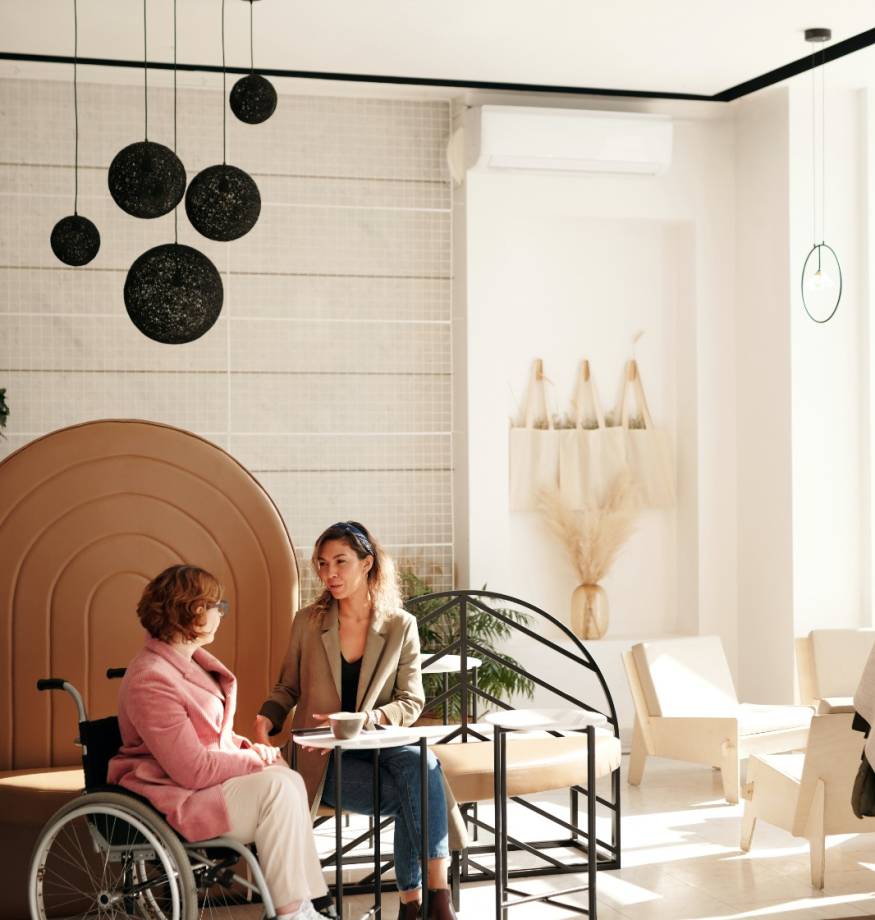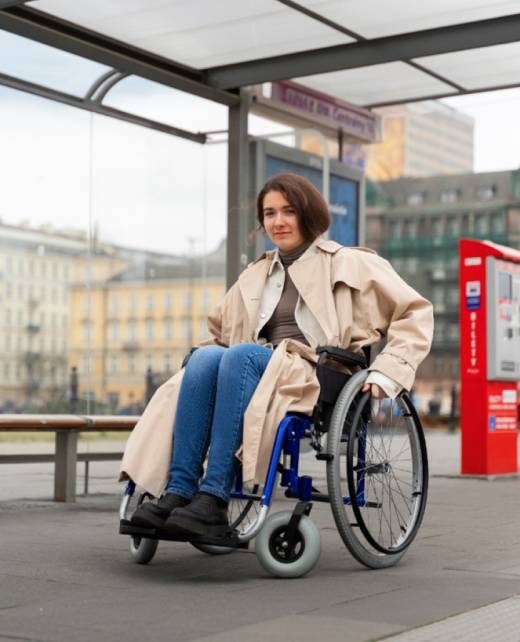About Adaptable Housing
Adaptable housing accommodates the changing needs of individuals and families throughout their lives. In British Columbia, new adaptable housing requirements have taken effect on March 1, 2025, as part of the BC Building Code. These requirements ensure homes are built with accessibility in mind and can adapt to various life stages.


Changes
The new requirements mandate specific features in new residential buildings to enhance accessibility and adaptability, allowing residents to age in place or accommodate disabilities without extensive renovations. Key aspects include:
- Wider Doorways and Hallways: Facilitating movement for mobility aids.
- Accessible Bathrooms: Designs that allow for future modifications, including grab bars and accessible fixtures.
- Adaptable Living Spaces: Flexible floor plans that can be adjusted to meet changing needs.
- Structural Support for Modifications: Homes built with supports for easy installation of accessibility features.
Benefits of Adaptable Housing
These new requirements promote inclusivity and accessibility, offering several benefits:
- Enhanced Quality of Life: Greater independence for individuals with disabilities and the elderly.
- Reduced Renovation Costs: Incorporating adaptable features from the start minimizes future expenses.
- Increased Market Value: Adaptable homes appeal to a broader market, attracting future-oriented buyers.
- Support for Aging in Place: Adaptable housing allows individuals to remain in their communities as their needs change.

Conclusion
The adaptable housing requirements effective on March 1, 2025, represent a shift toward inclusive living environments in British Columbia. At EGA Access, we are here to help you navigate these changes and ensure your home meets the upcoming standards.
Ready to make your home adaptable for the future? Contact us today to learn how we can assist you in creating a space that is both accessible and flexible for your changing needs!


